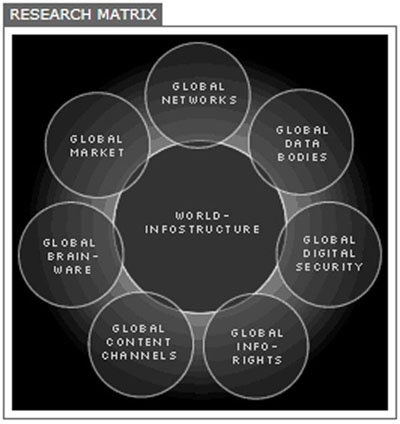
1950s: The Beginnings
of Artificial Intelligence (AI) Research
With the development of the electronic
computer in 1941 and the stored program computer in 1949 the
conditions for research in artificial intelligence (AI) were
given. Still, the observation of a link between human intelligence
and machines was not widely observed until the late 1950s.
A discovery that influenced much
of the early development of AI was made by Norbert Wiener. He
was one of the first to theorize that all intelligent behavior
was the result of feedback mechanisms. Mechanisms that could
possibly be simulated by machines. A further step towards the
development of modern AI was the creation of The Logic Theorist.
Designed by Newell and Simon in 1955 it may be considered the
first AI program.
The person who finally coined the
term artificial intelligence and is regarded as the father of
AI is John McCarthy. In 1956 he organized a conference "The
Dartmouth summer research project on artificial intelligence"
to draw the talent and expertise of others interested in machine
intelligence for a month of brainstorming. In the following years
AI research centers began forming at the Carnegie Mellon University
as well as the Massachusetts Institute of Technology (MIT) and
new challenges were faced: 1) the creation of systems that could
efficiently solve problems by limiting the search and 2) the
construction of systems that could learn by themselves.
- One of the results of the intensified
research in AI was a novel program called The General Problem
Solver, developed by Newell and Simon in 1957 (the same people
who had created The Logic Theorist). It was an extension of Wiener's
feedback principle and capable of solving a greater extent of
common sense problems. While more programs were developed a major
breakthrough in AI history was the creation of the LISP (LISt
Processing) language by John McCarthy in 1958. It was soon adopted
by many AI researchers and is still in use today.
- http://world-information.org/wio/infostructure/100437611663/100438659360
- *
- THE BIRTH OF ARTIFICIAL
INTELLIGENCE
Singularity Prosperity Oct
25, 2018 - https://www.youtube.com/watch?v=dgn7mZODnag
*
- Introduction: The Substitution
of Human Faculties with Technology: Artificial Intelligence and
Expert Systems
- Research in artificial intelligence,
starting in the 1960s, yet formulated a new goal: the automation
of thought processes with intelligent machines. Although first
attempts to develop "thinking" machines had only little
success as the aimed at solving very general problems, the invention
of expert systems marked a breakthrough. Albeit the application
of those semi-intelligent systems is (still) restricted to quite
narrow domains of performance, such as taxation and medical image
interpretation, they are able to mimic the knowledge and reasoning
capabilities of an expert in a particular discipline. While the
development of intelligent machines, which are able to reason,
to generalize and to learn from past experience is not likely
to become reality in the very near future, research in artificial
intelligence progresses quickly and sooner or later the substitution
of men's unique faculties will come true.
http://world-information.org/wio/infostructure/100437611663/100438659459
- *
- 1980s: Artificial Intelligence
(AI) - From Lab to Life
-
- Following the commercial success
of expert systems, which started in the 1970s, also other AI
technologies began to make their way into the marketplace. In
1986, U.S. sales of AI-related hardware and software rose to
U.S.$ 425 million. Especially expert systems, because of their
efficiency, were still in demand. Yet also other fields of AI
turned out to be successful in the corporate world.
Machine vision systems for example
were used for the cameras and computers on assembly lines to
perform quality control. By 1985 over a hundred companies offered
machine vision systems in the U.S., and sales totaled U.S.$ 80
million. Although there was a breakdown in the market for AI-systems
in 1986 - 1987, which led to a cut back in funding, the industry
slowly recovered.
- New technologies were being invented
in Japan. Fuzzy logic pioneered in the U.S. and also neural networks
were being reconsidered for achieving artificial intelligence.
The probably most important development of the 1980s was, that
it showed that AI technology had real life uses. AI applications
like voice and character recognition systems or steadying camcorders
using fuzzy logic were not only made available to business and
industry, but also to the average customer.
http://world-information.org/wio/infostructure/100437611663/100438659445*
-
Disclaimer: The
views expressed in this article are the sole responsibility of
the author. If you have a problem with the correctness of the
information, please contact the author.
- (In accordance
with Title 17 U.S.C. Section 107, this material is distributed
without profit to those who have expressed a prior interest in
receiving the included information for research and educational
purposes.)
Tell your friends about us and thank you for
visiting us http://www.go-cephas.com
-

|
